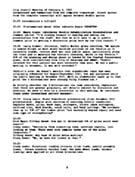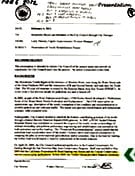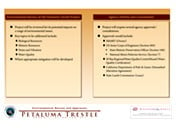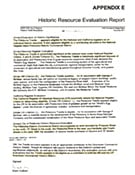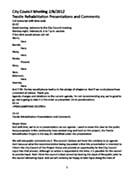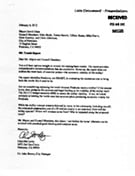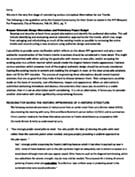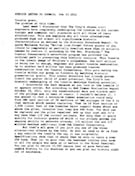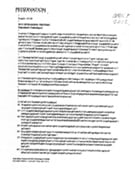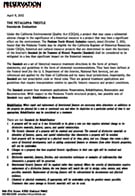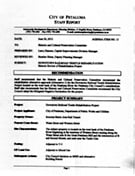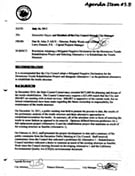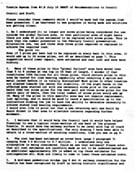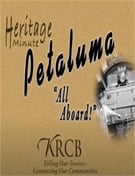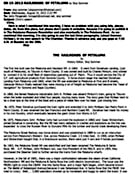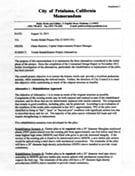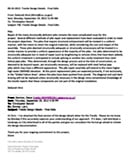Trestle History - 2/6/12 to 9/24/12
| Date | Document or Event | Image or PDF |
2/6/12 | Overview of City Council meeting, main subject: Trestle Rehabilitation. This document is taken directly from a full transcript of the official video from the CIty Archives. It has been edited to summarize and paraphrase the actual presentati Main speakers in order: 1. Larry Zimmer (Capital Improvements Division Manager) 2. Craig Lewis (consultant project manager). 3. Mark Hulbert, Preservation Architecture 4. Chris Stevick, Historic Restoration Specialist 5. Brief comments by John Fitzgerald, Paul Siri, Kevin Kelley, and Marie McCusker | |
2/6/12 | Larry Zimmer begins by summing up the process of planning and designing the Trestle rehabilitation completed so far, with a brief sketch of each of the 3 Alternatives. The thumbnail to the right is linked to the letter Zimmer wrote to the City Council the day of the meeting telling them what he planned to say.
Craig Lewis (GHD) gives a more detailed view of the 3 Alternatives with a PowerPoint slideshow, same as shown to Stakeholders on December 14, 2011 (see attached PDF |
Power point slides used in presentation: |
2/6/12 | Mark Hulbert ( Preservation Architecture) states that the Trestle could be interpreted as historic but technically speaking, “The trestle structure is not an historic resource.”
| |
2/6/12 | Chris Stevick (stakeholder) was not invited to speak, did not know in advance what would be presented, but he (and a few friends who donated their time to Chris) signed up for the short public comment opportunities and presented a very different view of the three Alternatives.
Council members Tiffany Reneé, Teresa Barrett, Mike Healy, and Mayor Glass, as well as stakeholders John Fitzgerald and Paul Siri clearly prefer Alternative 1 (with modifications) and reject both Alternatives 2 and 3. Mayor Glass wants to know if Alternative 1 is possible from an engineering standpoint, regardless of cost or difficulty. Larry Zimmer replies rather sardonically, "There's a saying in engineering that, 'I can build anything if you give me enough money'." Editor’s note:
|
|
2/6/12 | Link to official City Council video on 2/6/12 | |
2/6/12 | Chris McCarthy letter to Mayor & City Council, received too late to be included in meeting agenda. Report on Trestle assumes a restored Trolley to use the tracks on the Trestle but McCarthy doubts if funds to develop Trolley can be found and the economic viability of operating the Trolley. Thinks making it into an “event plaza” would be much more practical. | |
2/13/12 | Chris Stevick responds to Larry’s summary of 12-21-11 meeting (email of 1-4-12). Larry had summarized Chris's positions on each of 4 points as he understood them. Chris quotes each of these 4 points and adds his own comments under each to expand and explain his position. | |
2/13/12 | Letter to City Council from Chris Stevick points out staff are over-engineering structure of Trestle as though it would have to take standard freight trains rather than a light trolley. He states none of the three alternatives are acceptable to historic preservationists as presented.
| |
2/18/12 | Chris meets with Larry and suggests splicing all pilings with steel sleeves and filling space left by deteriorated wood with cement (or mortar) or high density plastic sleeves. His point is to make it consistent so all pilings look alike. | |
4/9/12 | THE PETALUMA TRESTLE Standards Evaluation are posted on City of Petaluma website, but are very difficult to get to, and once downloaded they would print gibberish. (see attached sample). May have been just a glitch but it leads stakeholders to believe they’re being ‘gaslighted’. Eventually the problems were corrected. |
Trestle History - 2/6/12 to 9/24/12


